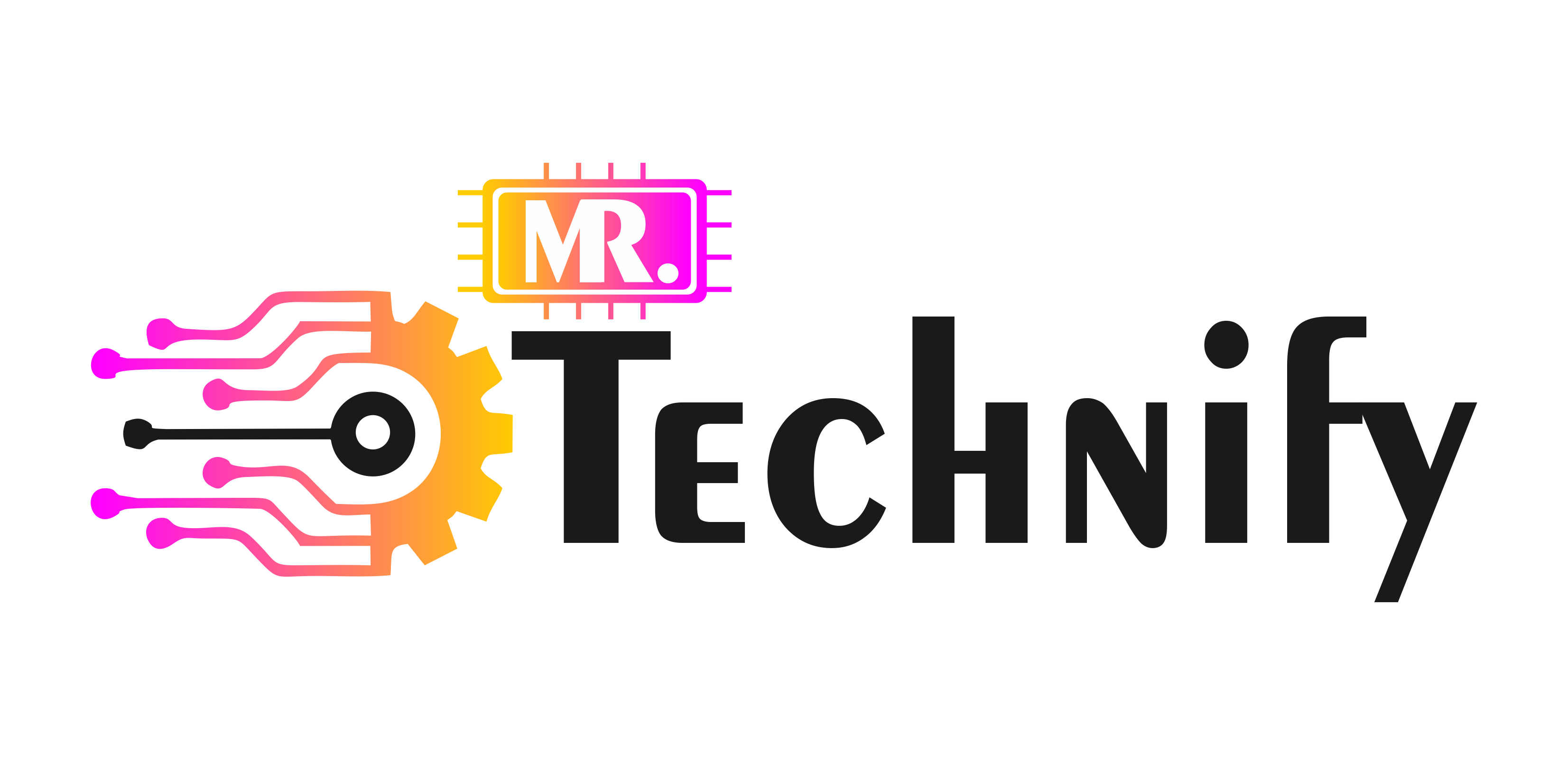Have you ever wondered how websites and applications handle data, manage user requests, or authenticate users? Backend frameworks, specifically, hold the key to the solution. Dive into this guide to learn everything you need to know!
What is a Backend Framework?
At its core, a back end framework provides an infrastructure to build and manage the backend of a web application or website. But what does that indeed entail?
-
Purpose of Back end Frameworks
Imagine a restaurant. While customers see the dish served, they don’t see the chaotic kitchen operations. The backend is like the kitchen; the framework ensures the chaos is well-organized. From managing databases to ensuring security protocols, it simplifies complex tasks for developers.
Key Components
Database Operations: Crucial for data storage and retrieval.
Middleware: Manages the communication between databases and the front end.
Routing: Ensures user requests reach the correct destination.
Most Popular Backend Frameworks
With an array of options, how do you decide which is best? Let’s explore a few fan favourites.
-
Django
A Python lover’s dream. Django promotes rapid development with its “batteries-included” philosophy, providing tools for most common tasks.
-
Express.js
Node.js’s minimalist partner. Perfect for those wanting flexibility without the bloat.
-
Ruby on Rails
Often ‘Rails’, this framework is known for its elegant code and strong community support.
-
Spring Boot
Java enthusiasts, rejoice! Spring Boot simplifies the process of building production-grade applications.
Advantages of Using Backend Frameworks
Why even use one? Here’s why:
-
Rapid Development
Have you ever tried building a house without tools? Frameworks provide the tools, making the building faster and easier.
-
Scalability
A good framework ensures that as your user base grows, your application can handle it.
-
Maintenance
Regular updates and community support mean that issues are spotted and fixed quickly.
Choosing the Right Framework for Your Needs
It’s comparable to picking the appropriate footwear. One size doesn’t fit all.
-
Consider Your Project’s Scale
A small blog or a massive e-commerce site? Different scales need different tools.
-
Skillset of Your Team
It’s easier to navigate a city, you know. Choose a framework your team is familiar with.
-
Project Longevity and Maintenance
Some projects are short-lived, others last years. Your framework choice should reflect this.
Conclusion
Backend frameworks are the unsung heroes of the digital world. They streamline processes, enhance scalability, and, most importantly, simplify a developer’s life. Understanding back end frameworks is invaluable whether you’re a seasoned developer or a curious newbie.
FAQs for Backend Frameworks
Do I always need a backend framework?
Not always, but for complex projects, they can save time and effort.
Can I switch frameworks midway through a project?
It's challenging and often not recommended due to potential compatibility issues.
How often do I need to update the framework?
Regular updates are advised to benefit from new features and security patches.
Are all backend frameworks free?
Most are open-source and free, but always check licensing agreements.
Rate our Article (Backend Frameworks: A Comprehensive Guide)How much do you like our Article?




